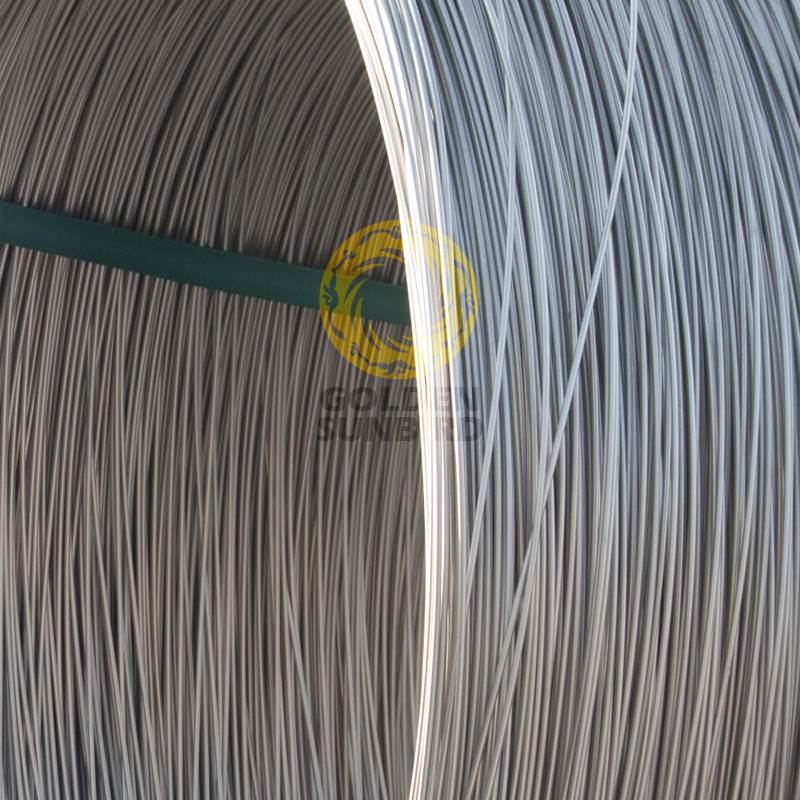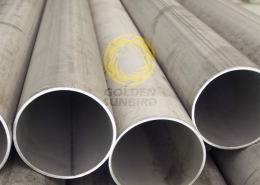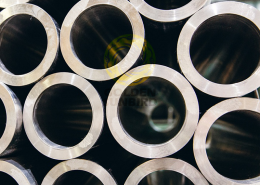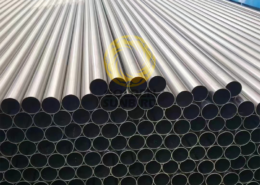ASTM F2063 Nitinol Shape Memory Alloy Bar, Plate and Tubing
- Grade: Nitinol 55, Nitinol 60, Ni55Ti45, Ni60Ti40
- Round Bar Dia:5.5-94mm
- Plate:T: 5.5-94mm x W: 28-470mm
- Tubing: OD 5.5-94mm
- Standard: ASTM F2063
- Shape Memory Effect
- Superelasticity
- Biocompatibility
- Corrosion Resistance
Features
ASTM F2063 Nitinol Shape Memory Alloy Bar, Plate and Tubing for Medical Devices and Surgical Implants
Nitinol shape memory alloy bar Chemical Composition (wt.%)
| Element | Requirement |
|---|---|
| Nickel (Ni) | 54.5 to 57.0 |
| Carbon (C) | Max 0.040 |
| Cobalt (Co) | Max 0.050 |
| Copper (Cu) | Max 0.010 |
| Chromium (Cr) | Max 0.010 |
| Hydrogen (H) | Max 0.005 |
| Iron (Fe) | Max 0.050 |
| Niobium (Nb) | Max 0.025 |
| Nitrogen (N) | Max 0.005 |
| Oxygen (O) | Max 0.040 |
| Titanium (Ti) | Balance |
Technical Specifications
| Specification | Value |
| Standard | ASTM F2063 Nitinol Shape Memory Alloy Bar, Plate, and Tubing for Medical Devices and Surgical Implants |
| Grade | Nitinol 55, Nitinol 60, Ni55Ti45, Ni60Ti40 |
| Melting Practice | Vacuum or Inert Atmosphere Melted |
| Finish | Oxidized, descaled, pickled, blasted, machined, ground, mechanically polished, or electropolished. |
| Type | Alloy Bar, Sheet, Plate, Tube, etc |
| Dimension | Bar—Round bars and flats from 5.50 to 94.0 mm [0.218 to 3.70 in.] in diameter or thickness (other sizes or shapes by special order). |
| Sheet—Any product 0.188 in. (4.76 mm) and under in thickness and 24 in. (610 mm) or more in width. | |
| Plate—Any product 5.50 up to 94.0 mm [0.218 to 3.70 in.] in thickness, with a width equal to or greater than five times the thickness. | |
| Tube—Hollow cylindrical shapes from 5.50 up to 94.0mm [0.218 to 3.70 in.] in outer diameter. | |
| Density | 6.45g/cm³ |
| Inspection Certificate | EN 10204 Type 3.1 (Mill Test Certificate), EN 10204 Type 3.2 (Witness Testing or 3rd Party Inspection) |
| Tests | Chemical Composition, Mechanical Properties |
Key Features
Shape Memory Effect: Allows the wire to return to its original shape after deformation when heated.
Superelasticity: Enables the wire to undergo large deformations and return to its original shape without permanent deformation.
Biocompatibility: Makes it suitable for medical implants.
Corrosion Resistance: Provides durability and longevity in various environments.
Packing
Packed in plywood boxes
Application
Stents: Nitinol stents are widely used in cardiovascular, neurovascular, and peripheral vascular interventions.
Guidewires: Nitinol guidewires provide flexibility and torque control during minimally invasive procedures.
Orthodontic wires: Nitinol arch wires apply continuous gentle force to move teeth, leading to more efficient and comfortable orthodontic treatment.
Embolization coils: Used to block blood flow in vessels during embolization procedures.
Micro-actuators: Nitinol’s shape memory effect allows it to be used in micro-actuators for applications like microfluidics, robotics, and MEMS devices.
Temperature sensors: The transformation temperature of Nitinol can be tailored, allowing it to be used as a temperature sensor in various applications.
Eyeglass frames: Nitinol frames are lightweight, durable, and can return to their original shape after bending.
Cell phone antennas: Nitinol antennas can be designed to be compact and then expand to improve signal reception.
Underwire bras: Nitinol underwire provides comfort and support while conforming to body shape.








